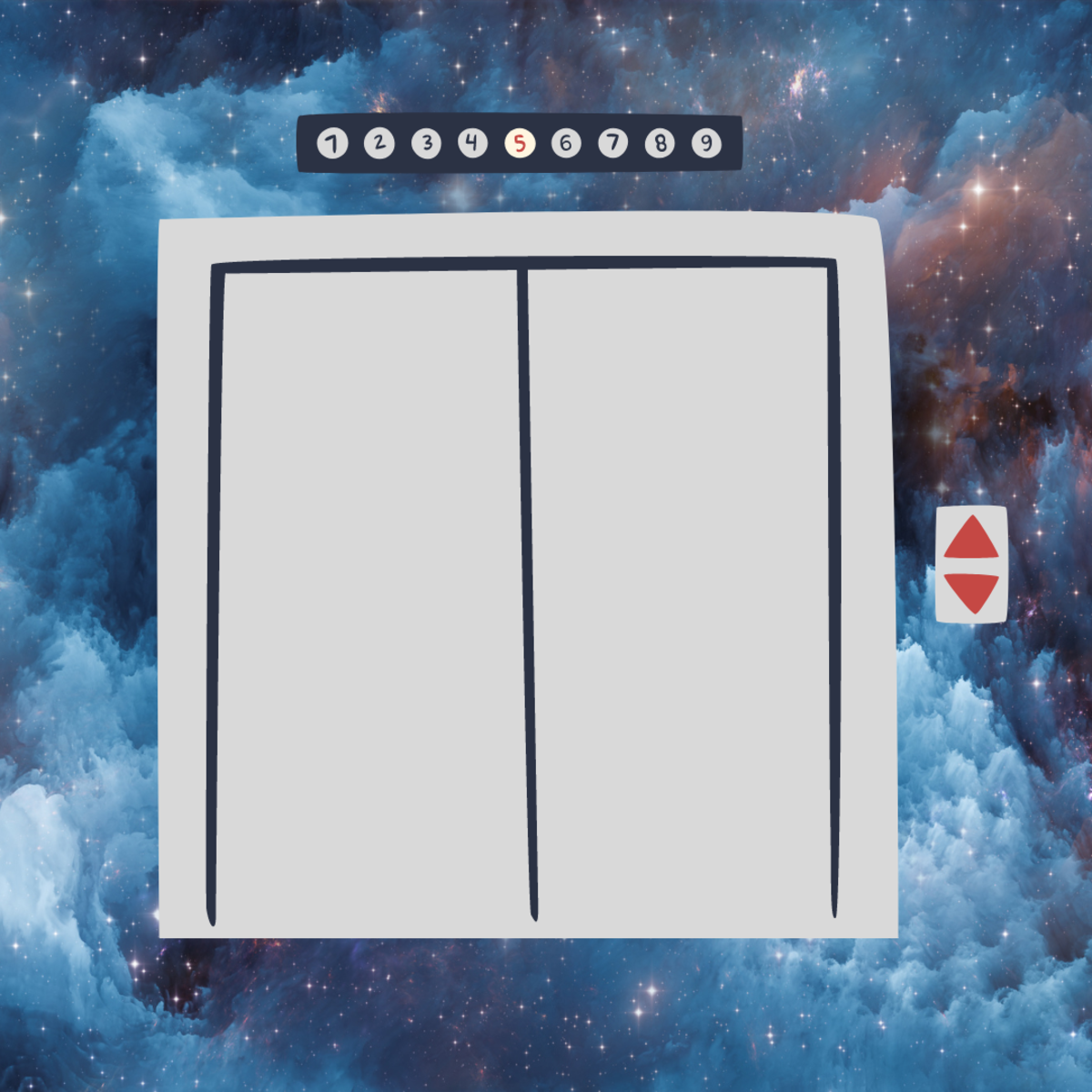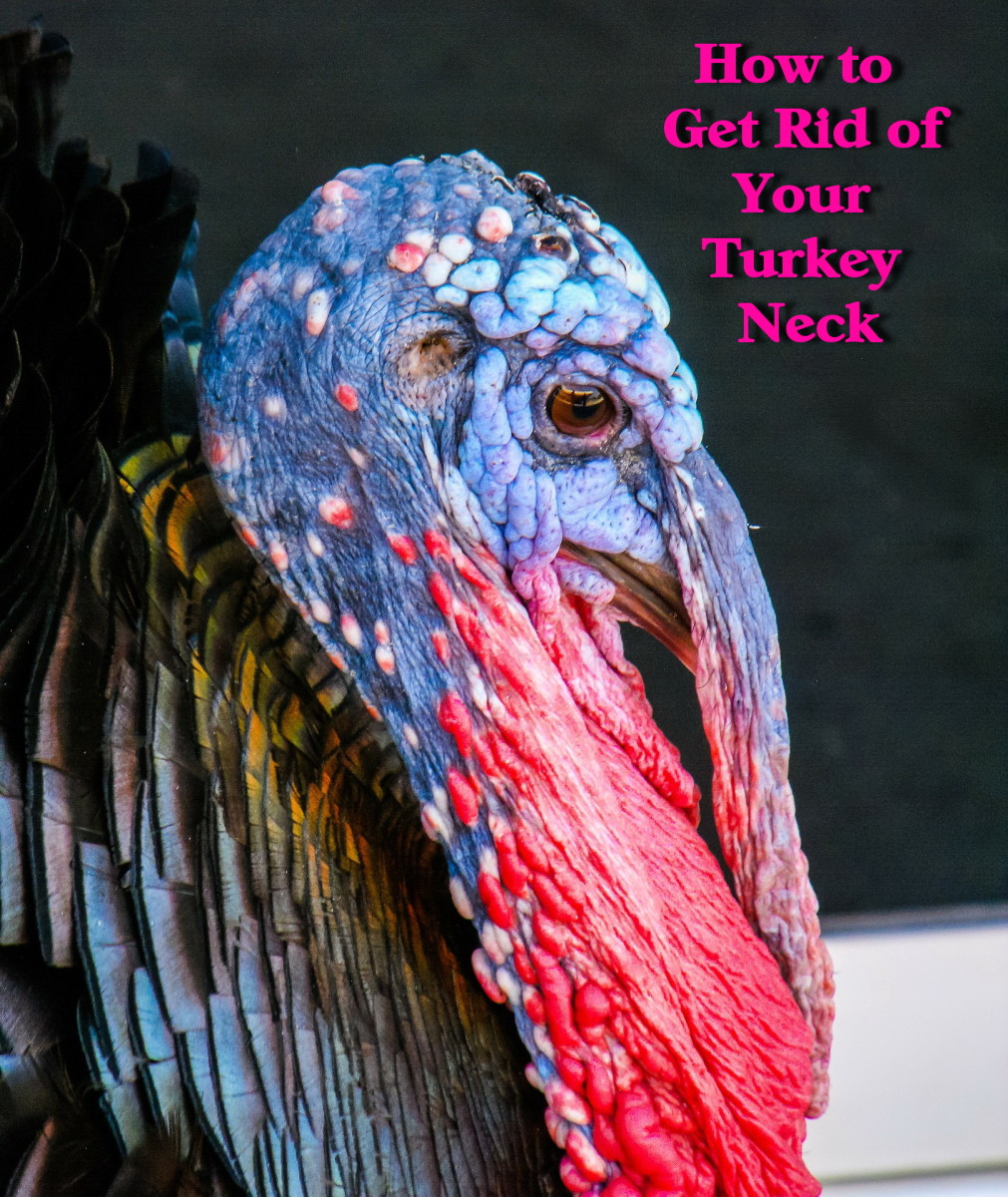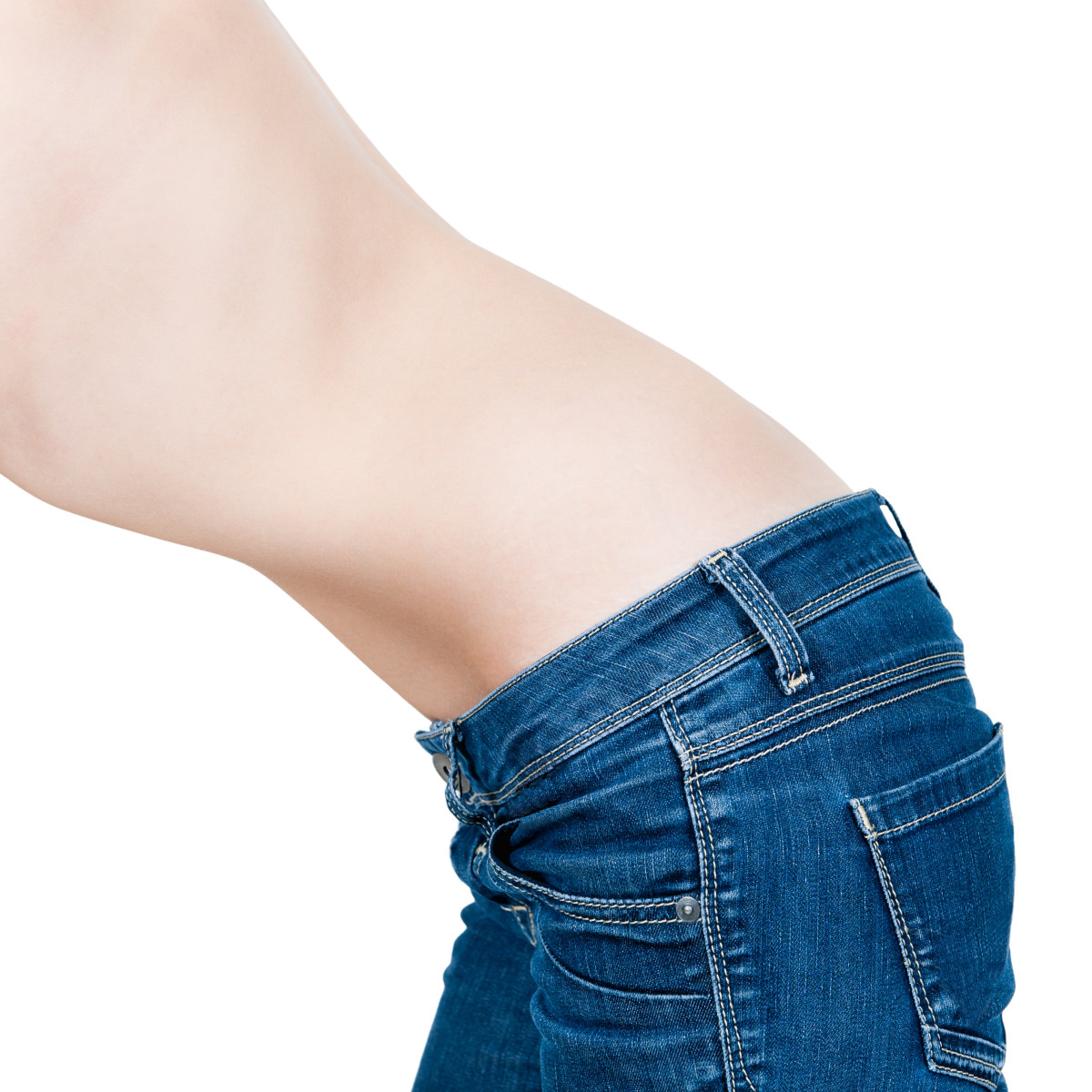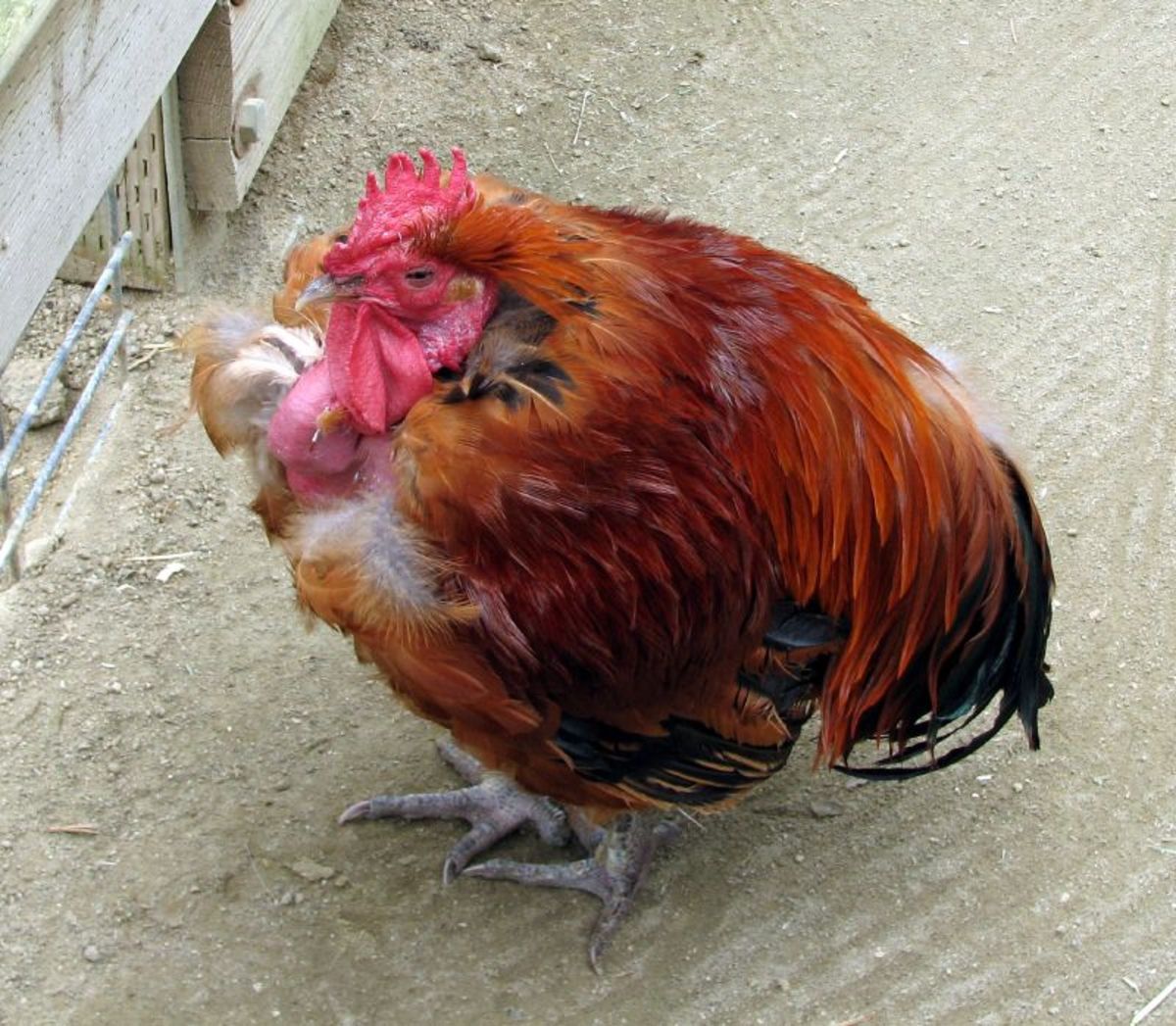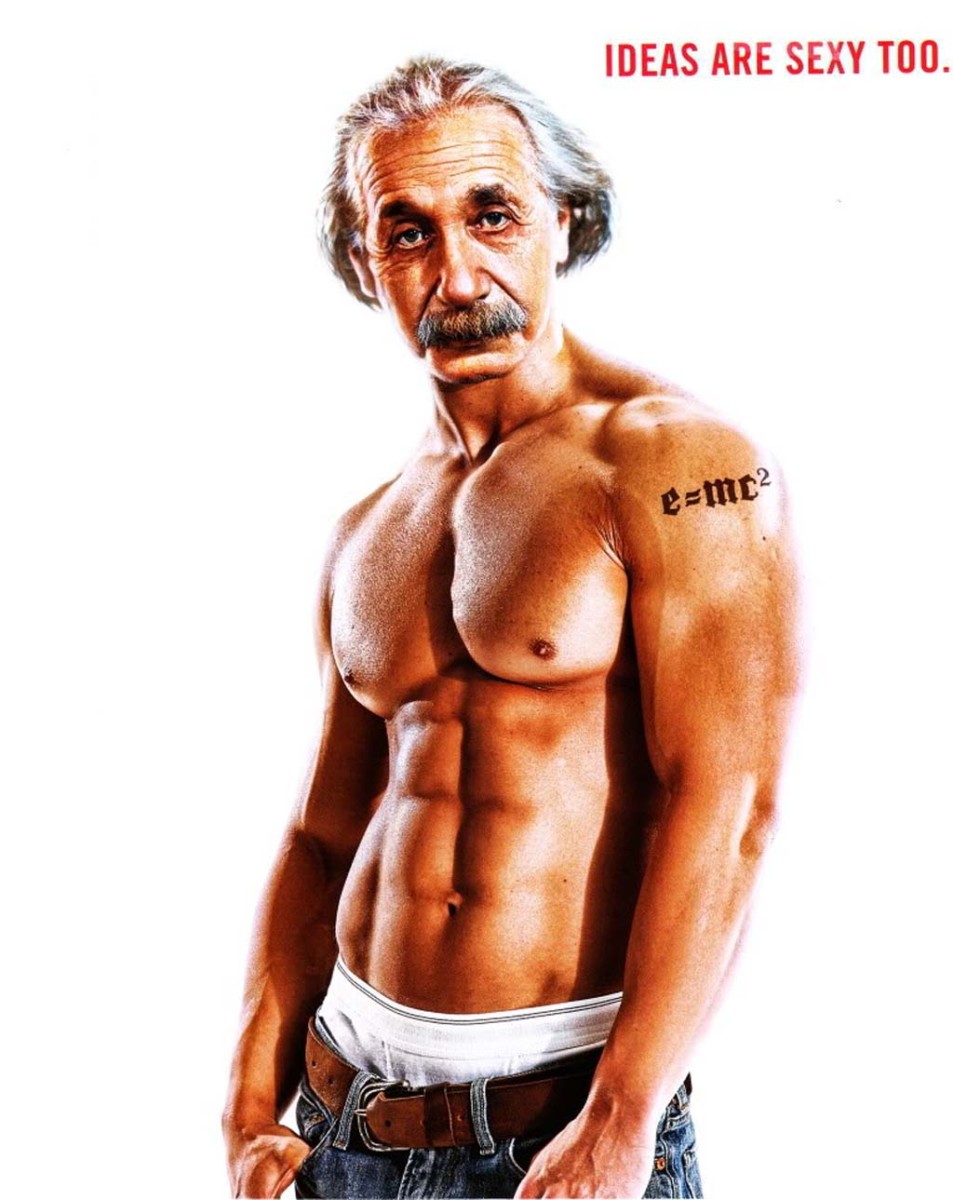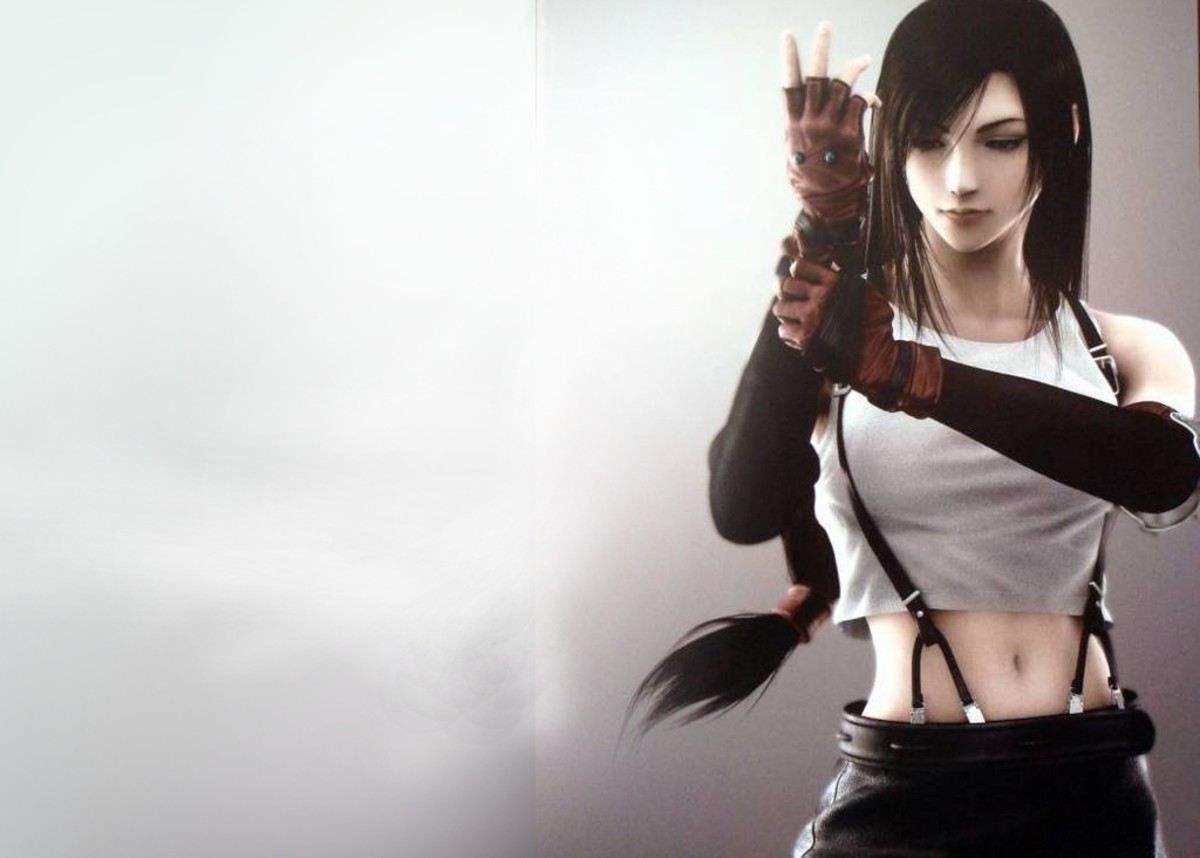Posture and Personality (2)
Top/Bottom split
Taking the waist as a natural dividing line, the body can be viewed in two sections. The upper section can be seen as an extrovert - for the functions of the upper half involve reaching out with the arms to express love, anger, to direct others and to perform all the intricate and symbolic gestures associated with our hands. Our upper half also houses the lungs and brain, and so is essential for our very being.
The lower half of the body is more introverted. It spends much more time in contact with the earth than the upper portion, and supports the rest of the body, while our legs propel us from A to B. Because this part of us is also associated with our sexuality and fertility, and the assimilation and digestion of food, it is connected to earthy feelings of privacy, home and stability.
Take a look at the proportions of your body - where is the weight distributed? Where do the muscles seem to be best developed? If your body is noticeably split between the two halves, does this relate to your personality? Extreme example's of this type of split are the women with wide ‘childbearing' hips, and a primarily emotional personality, placing home and family concerns above all, and the man with massive chest and shoulders which seem to be supported by narrow hips and spindly legs. He would be an active, self-expressive type who prefers action to contemplation but may have difficulty with his emotions. While the split is not always as obvious as this, it can also be observed through posture and movement. Which half of the body seems the most graceful and co-coordinated? Which half of his body seems healthier?
TOP HEAVY
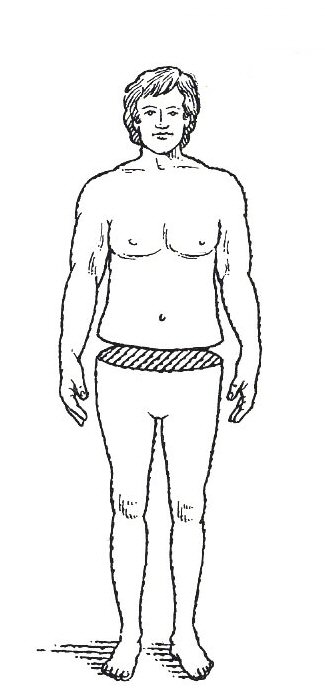
BOTTOM HEAVY
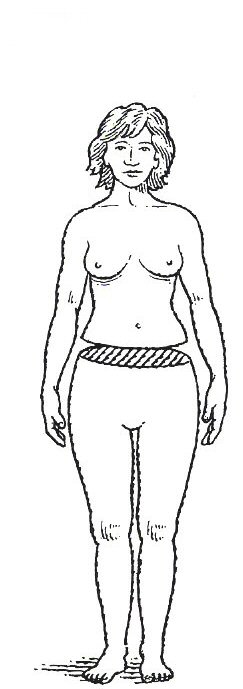
Front/back split
How often do you see the back of your body? The hairdresser may show you the back of your head in a mirror after a haircut - or you may get a glimpse in a photograph or clothes shop. But it is unlikely that you could close your eyes and visualize your back view, or accurately describe it to anyone else. It is your front that you identify as yourself, the part of your body which faces the world and actively communicates with other people.
Because your back is largely hidden from sight, it may be likened to the unconscious part of your mind. And just as the unconscious contains all kinds of obscure and sometimes primitive urges, so the back tends to get used as a storehouse for tension in the form of suppressed fears and anger.
‘I'm going to put it all behind me' is a telling phrase which expresses this tendency in all of us. When we are on guard we stiffen the back from neck to ankle, using it as an added support for our more vulnerable front. But this reaction can easily become a permanent way of holding the body, and ultimately result in back pains and muscle spasms.
If you have habitually ‘put your back' into life without doing anything to release negative feelings, your back is likely to be a lot more tense then your front. Everybody, but particularly people in sedentary occupations, should make a point of stretching at frequent intervals to help release some of the accumulated tension. Awareness of your back's posture is worth cultivating. How tight is your back? Do you have difficulty in being assertive? Are there any situations you can think of which make your back noticeably more or less tense?
It can also be interesting to look at the people around you to see what part their back's play in their posture. Are they gracefully upright, rigid as ramrods, or bowed down as if burdened with a heavy load? Do, these postures tell you anything about their character, or life story? You can experiment with posture by observing reactions of people to different ways of holding yourself. If you try to sit up straight, with a relaxed upright posture, you should find that this elicits a more positive response in most situations than if you deliberately collapsed into your chair.
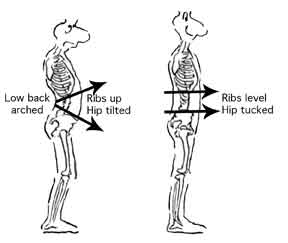
Head/Body split
Dead from the neck down' is a derogatory description of someone whose sensual nature seems to have atrophied. Yet many of us are completely divorced from our bodies, and live our lives in a state of separation between our thoughts and feelings. Because the head contains the brain, we tend to think of it as the seat of the intellect - separated from the feelings and senses of the body.
The head and face are presented to the world, while the body remains private property - hidden beneath clothes of most of our waking lives. Apart from occupational problems, which can create distortions in posture, our reactions to mental and emotional situations can often be clearly seen in the position of the head and neck.
Sticking the neck out, as if looking to see what's coming, signals anxiety. It has the effect of squashing the neck at the back as the jaw protrudes forward. A protruding jaw can also signal an obstinate and determined person, who will ‘take it on the chin'.
Rigidity in the neck is a sign of being on guard against attack, and commonly appears when people are trying to cope with a number of difficult situations. The tension created by this juggling act results in life being ‘a pain in the neck', in both senses.
A jaw which recedes, and is tucked in towards the neck indicates lack of confidence and occurs when someone is feeling sad, and unable to speak up for themselves, A lowered head is a sign of submission, the most obvious example being the formal bow, but if it is an habitual posture then you can assume that the person is hanging his or her head for other reasons. Shame and sorrow typically result in a temporarily lowered head, but it is easy for such postures to remain long after the original cause for them has gone.
The head response to external stimuli in a major way, for it contains ears, eyes, nose, and the throat where the vocal chords are situated. These organs relay information to the brain, in response to which we act and react, using every part of the face to express ourselves with body language and the voice to communicate facts and feelings.
However, it is very difficult to think clearly while moving the head. Try setting yourself a problem, such as a difficult crossword puzzle clue or mathematical exercise. Then try to solve it while moving your head from side to side. Rodin's famous statue, The Thinker, is a perfect example of how we hold our heads, cupping the jaw with one or both hands, in order to think deeply.
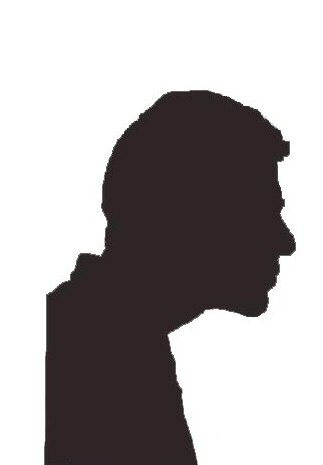
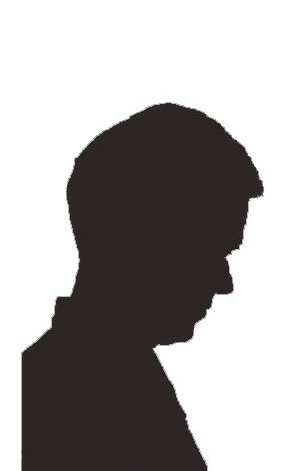
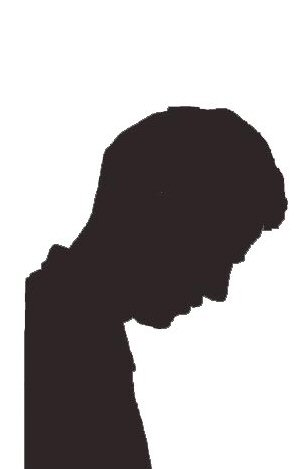
Torso/limbs/split
The final major division is the split between the torso and the limbs. The torso is like the trunk of a tree, with the arms and legs forming roots and branches which extend out into the world. Our legs both support and move the body, while the arms are used for myriad activities as well as expressing ourselves and touching other people. People who use their arms and hands a lot while speaking find it difficult to talk if these parts are restricted.
Generally speaking, extrovert personalities use their limbs proportionately more during conversations then shyer souls. And highly active ‘doers' are always on the move, often fidgeting or tapping their feet when their desire to move forward has been temporarily thwarted. Such people find it very difficult just to be still and quiet inside.
Introverted characters, on the other hand, are full of ideas and feelings but have problems with self expression. They tend to bottle up their emotions, and cannot always say what they would like to say. As a result of constricted self - expression, this type of personality may have weak, underdeveloped arms and legs extending from a full torso - as if the roots and branches of their personal tree are frightened to venture far from the supporting trunk. Such individuals employ a minimal range of restricted gestures, and until they feel safe their postures are likely to be closed ones. More open postures can be cultivated to good affect.


